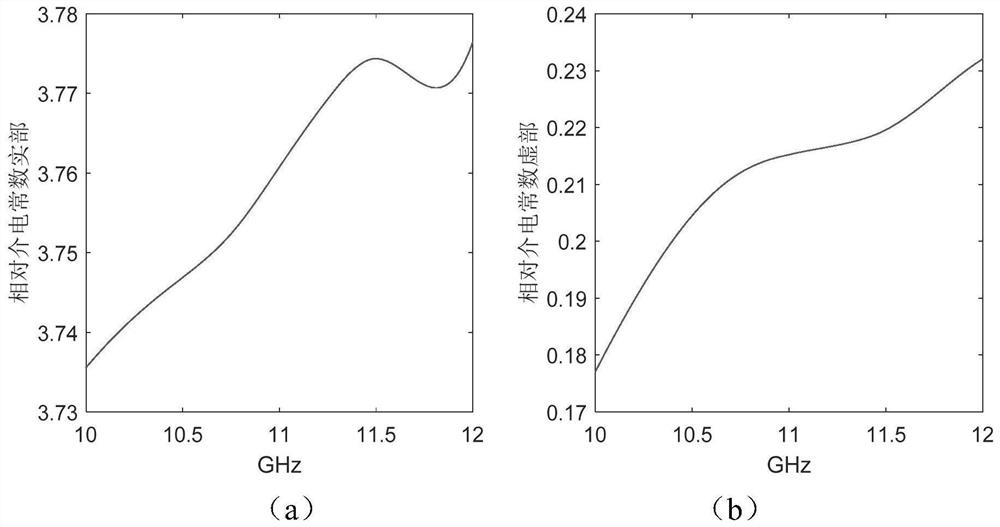A Reverse Calculation Method of Permittivity of Wave-transparent Materials Based on Improved Particle Swarm Algorithm
A technology for improving particle swarms and wave-transmitting materials, applied in the microwave field, can solve the problems of multi-valued thickness resonance, phase ambiguity, large difference between theoretical values and measured values, etc. Excellent precision and high effect
- Summary
- Abstract
- Description
- Claims
- Application Information
AI Technical Summary
Problems solved by technology
Method used
Image
Examples
Embodiment Construction
[0054] In order to make the technical solutions and advantages of the present invention more clear, the technical solutions in the embodiments of the present invention are clearly and completely described below in conjunction with the drawings in the embodiments of the present invention:
[0055] A kind of inversion method for the dielectric constant of the wave-transparent material based on the improved particle swarm algorithm proposed by the present invention will be further explained below in conjunction with the accompanying drawings and the technical scheme:
[0056] The thickness of the wave-transparent material is 10mm, the magnetic permeability μ is equal to the air magnetic permeability, and the measurement frequency range is 10GHz to 12GHz;
[0057] A method for reversing the dielectric constant of a wave-transparent material based on an improved particle swarm algorithm, comprising the following steps:
[0058] S1: Utilize the free space method to measure the actua...
PUM
 Login to View More
Login to View More Abstract
Description
Claims
Application Information
 Login to View More
Login to View More - R&D
- Intellectual Property
- Life Sciences
- Materials
- Tech Scout
- Unparalleled Data Quality
- Higher Quality Content
- 60% Fewer Hallucinations
Browse by: Latest US Patents, China's latest patents, Technical Efficacy Thesaurus, Application Domain, Technology Topic, Popular Technical Reports.
© 2025 PatSnap. All rights reserved.Legal|Privacy policy|Modern Slavery Act Transparency Statement|Sitemap|About US| Contact US: help@patsnap.com



